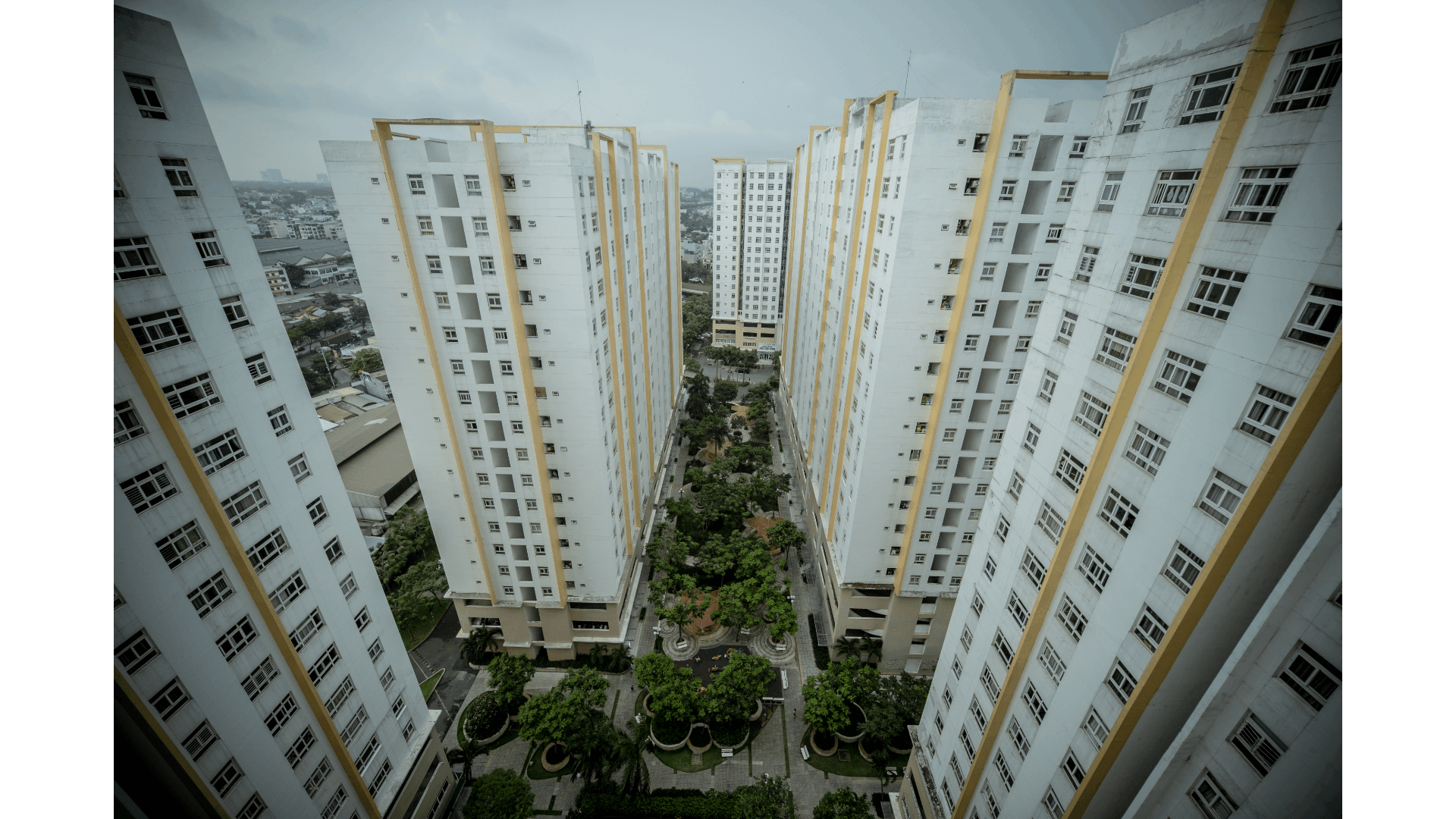India’s residential segment has undergone a fast reversal over the years, and despite several hurdles and obstacles, the sector has successfully overcome them and remains robust.
It is rather exciting to see that the Indian real estate industry is evident on the list of regions being examined for investments by local and foreign institutional investment funds, venture capitalists, other investment businesses, and so on. Increased migration, fast urbanization, increasing income levels, infrastructure projects allowing Tier 2 and Tier 3 areas to participate, and other reasons contributed to the industry’s increased value.
The most popular regions for real estate investments are Ahmedabad, Chennai, Goa, Bengaluru, Pune, Mumbai, and Delhi. Around 2000, various border areas proved to be a choice for buyers and investors seeking mid-size houses on a tight budget, scattering the population away from the major cities. It resulted in a unique phenomenon in which, in addition to metros, Tier 2 and 3 cities rose and added to the real estate market. The outskirts of Tier 2 and 3 cities gave birth to the cheap housing segment, one of the crucial milestones characterizing the sector’s expansion. Following the COVID-19 pandemic and its consequences, most Indian population felt it was appropriate to own a parcel of land or property. There could have been no better option than to pick Tier 2 and 3 regions that promised properties at a low cost. The government’s infrastructural development has increased the availability of real estate in these areas. Not just residential, but also retail and commercial real estate is expanding in these areas like no before.
Tier 2 and 3 cities such as Udaipur, Jaipur, Ranchi, Lucknow, Kanpur, Indore, Vadodara, Nagpur, Dehradun, Chandigarh, Nashik, Visakhapatnam, Kozhikode, Dharwad, Kolhapur, Madurai, Hubli, Mysore, Vellore, Thiruvananthapuram, and Coimbatore, among others, have become investment hotspots and Several NRIs, urban purchasers, and millennials are looking for work in these cities. Inexpensive and mid-income housing has driven demand, with just a few premium locations designated for luxury. As a result, even non-resident Indians see India as a viable investment destination. Per the India Brand Equity Foundation, India is one of the top ten price-appreciating housing marketplaces globally.
Several significant infrastructure initiatives have gotten proposed to improve the nation’s accessibility and connectivity. Aside from current infrastructures like the golden quadrilateral, expressways, superhighways, trains, metros, BRTS, and airways, new projects are in the works. The Delhi-Mumbai Industrial Corridor (DMIC) would connect all industrial clusters in Delhi and Mumbai’s seven states. Gujarat International Finance Tech (GIFT) city is a one-of-a-kind IT, software, and knowledge center that will support start-ups, entrepreneurship, and new enterprises. The Bharatmala Project is a road project that would connect West and East India. The Navi Mumbai International Airport will relieve traffic congestion at Mumbai’s present airport. The government is utilizing waterways through initiatives such as inland waterways, and rivers such as the Brahmaputra, Mahanadi, and Ganga. The Mumbai Trans-Harbour Link is a long bridge connecting Navi Mumbai, Uran to Sewri. The Chenab River Railway Bridge would be the tallest railway arch bridge in the state of Jammu & Kashmir.
India’s infrastructure planning is expected to strengthen the real estate sector, allowing for development. In these areas, the country may expect a range of housing options like villas, bungalows, plots, luxury flats, condos, and cheap houses. Most millennials and urban purchasers are relocating to these areas in search of a better lifestyle and future growth. Private investment is expanding as a result of increased transparency and rewards. In terms of FDI inflows, construction is India’s third largest sector. Based on a new study report, while the problems of the European conflict and rising inflation cause challenges for the real estate sector, the sector’s solid performance during H1 2022 and steady demand for houses demonstrate the sector’s strength, resilience, and push.
Do you want to start putting your money into India’s thriving real estate sector too? Assetmonk is India’s reliable wealth technology platform. It provides commercial real estate investment opportunities in freshly emerging areas. Our IRRs span between 14 and 21%. Assetmonk offers commercial real estate fractional ownership and real estate crowdfunding.


 Listen to the article
Listen to the article

